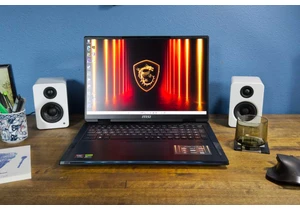Microsoft Surface was the brand of devices Microsoft launched to lead the way into the PC market, showing its PC partners what could work in new categories of devices. Now it’s evolving into a new generation, led by AI and Copilot+ laptops.
So what does this mean for Microsoft, Surface, and the evolution of the PC? We sat down with Brett Ostrum, Microsoft’s corporate vice president of Surface devices, this week at the Microsoft Build conference in Redmond and Seattle and asked him to explain it all.
This interview has been slightly modified for length and clarity. It took place on May 20, the day Microsoft launched the new Surface Pro and Laptop.
PCWorld: Thanks for the time today. We now have new leadership in the Surface division. What direction is Surface now going in? What do we need to know?
Ostrum: Great reflection. While true that Panos [Panay] left — Panos and I started the team together back in 2010, and Pavan [Davuluri], Stevie [Bathiche, who designed
While the first generation is on Snapdragon and Qualcomm, Intel and AMD have been part of our roadmaps historically, and we will continue to pick silicon that makes the most sense for our customers. Yusuf [Mehdi, executive vice president and chief consumer officer] mentioned getting Copilot+ PCs out to 50 million customers.
The premium segment that we occupy with Surface Pro and Surface Laptop is certainly a start for us. But in order to do that, we have to hit lower price points and we need to bring devices that resonate for commercial customers and the workloads and jobs that they have to do. And so near term, we are all in on Copilot+, the devices we announced today, but we’ll continue to do the work with our other silicon partners across channels and across price points as we go forward.

<div class="scrim" style="background-color: #fff" aria-hidden="true"></div>
</div></figure><p class="imageCredit">LinkedIn</p></div>Just to confirm: there is a minimum TOPS [trillions of operations] requirement for a Copilot+ PC? Is that true?
Ostrum: Yes. 40 TOPS. 40 TOPS is the minimum, okay. And I think as we as we go forward… Well, I’ll leave it at that. 40 TOPS.
Sorry, I’ll go one step further. That statement, that bar, is so that all of our silicon partners can come along on that journey. The Snapdragon silicon is 45 TOPS, and so there is an element of what is the full capability of an NPU in terms of raw performance. There’s another dimension — how efficient is that NPU. And so as more NPUs show up, there is both of those metrics will absolutely be crucial. In terms of what it looks like, the way that would be reflected in a machine that is not as efficient is lower battery life.
You know, with something like Recall that does take snapshots regularly — if you have a NPU that is not efficient, that can be that can be a tax on the overall battery life of the machine.
Apple had its moment a few years back when it transitioned away from X86 into Arm processors. Is this the moment for PCs to do the same?
We hope that is the case.
I guess I’ll say — sorry. I think in terms of a significant shift in what is capable on a PC? Yes. Arm-specific? No. Okay, I think what Arm brings is power efficiency. And Qualcomm has you know a great set of libraries to pull from a CPU/NPU perspective. And so we certainly wanted to lean on that, but we don’t look at the PC space as all Arm going forward.
Dumb question: Why “Copilot+” PCs as opposed to just “Copilot”?
I’ll let you talk to the marketing folks on that.
Copilot itself is still a cloud-based interaction, right? Microsoft showed off Phi-3-mini, and there was a thought that we’d run Copilot locally on a PC. Is that happening? Or was it announced?
Are you going to Build tomorrow? Stay tuned. [Editor’s Note: Microsoft announced Phi Silica, a language model specifically for Copilot+ NPUs, but has yet to announce a local version of Copilot.]
I’ve been impressed with the various AI improvements you’ve made to various apps: Cocreator and Image Creator, for example. What’s the overarching goal going forward? Sprinkle AI everywhere it makes sense?
I think the easiest ones are that there are some places that running AI workloads on the edge makes more sense. In a case like Recall, having it be local so that it doesn’t have to make a round trip to and back from the cloud. Having it be local, so those images can be stored encrypted on the device from a privacy perspective, it makes sense. When you look at things like the Windows Studio Effects in the camera, it doesn’t matter if you’re in Teams or Zoom, they work. It makes more sensitive to those locally so that again, you’re not trying to do it up in the cloud while that interaction is happening.
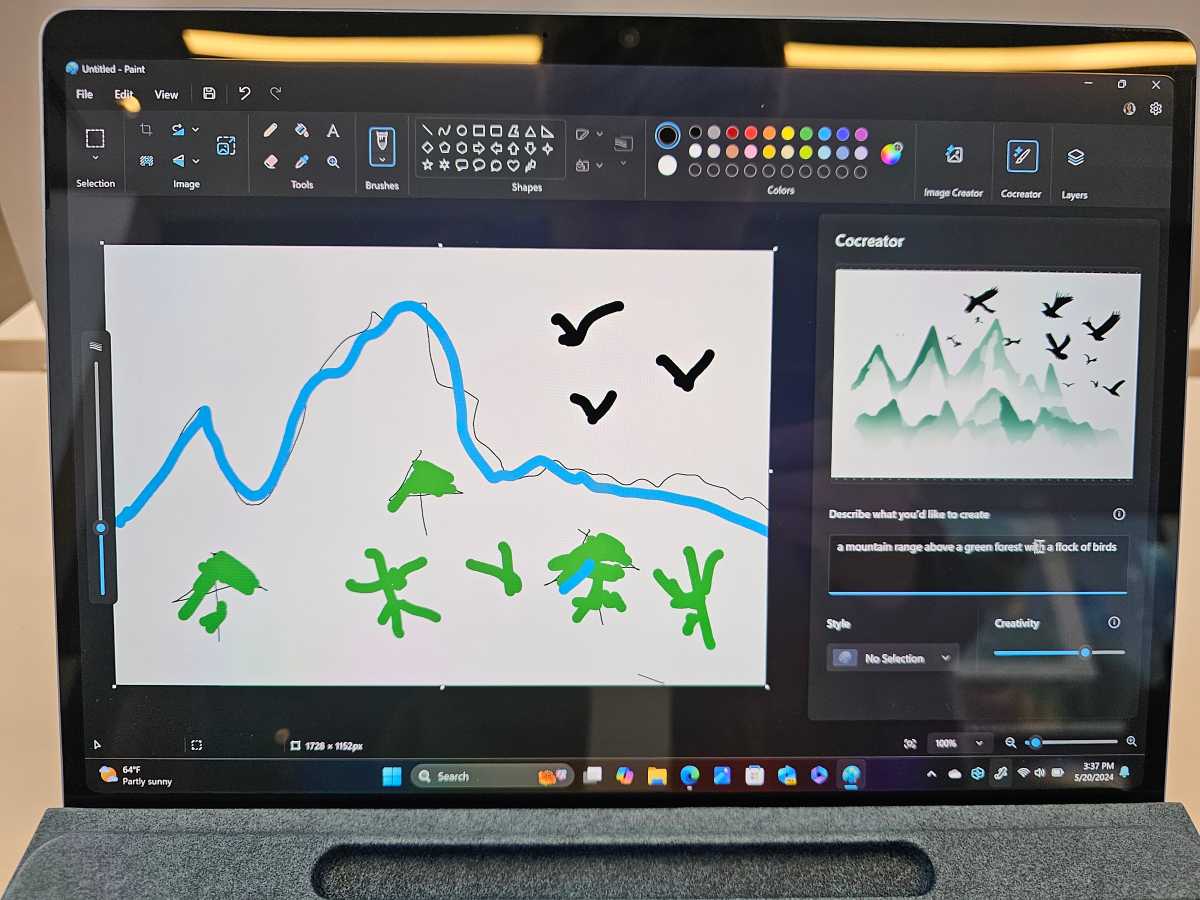
Mark Hachman / IDG
<div class="lightbox-image-container foundry-lightbox"><div class="extendedBlock-wrapper block-coreImage undefined"><figure class="wp-block-image size-large enlarged-image"><img decoding="async" data-wp-bind--src="selectors.core.image.enlargedImgSrc" data-wp-style--object-fit="selectors.core.image.lightboxObjectFit" src="" alt="Microsoft Cocreator Paint" class="wp-image-2339138" width="1200" height="900" loading="lazy" /><figcaption class="wp-element-caption">Microsoft Cocreator, in Paint.</figcaption></figure><p class="imageCredit">Mark Hachman / IDG</p></div> </div></figure><p class="imageCredit">Mark Hachman / IDG</p></div>Cocreator is another one where from a creative perspective, I think part of the part of the workflow is that they don’t want to have to set a bunch up and do it one time, wait for the results and then do it again. If I can have the speed of creativity happening and enabled by having it on the edge because it doesn’t have to make a round trip, that’s beneficial. There’s also cases where that running it on the edge is not just faster because it’s on the cloud, but also running it on the NPU is lower power than if it was running on the GPU.
We had the transition from Windows 10 to Windows 11, and many users were left out because of Windows 11’s hardware requirements. Now here are we again. There are lots and lots of PCs that don’t have these capabilities, like an NPU. How do you respond to those people?
They have a very capable machine today. They have a very capable experience today in terms of what they’re able to accomplish, productivity-wise. These new machines bring on a new set of capabilities. And yes, they have requirements in terms of 16GB [of RAM], 256GB [of SSD storage] and 40 TOPS. But those pieces are all necessary to enable those experiences: 16GB, so that you can run those NPU workloads and have everything else that you’re accustomed to; 256GB [of storage], there are some industry trends in terms of storage and capabilities, but also when we are capturing those images. At some point you will set a threshold for how long you want your recall history to be.
And 40 TOPS so that you so that you can not just run one thing at a time, but you can have multiples of these NPU workloads running at the same time. Studio Effects, Cocreator, Recall, all happening simultaneously if desired.
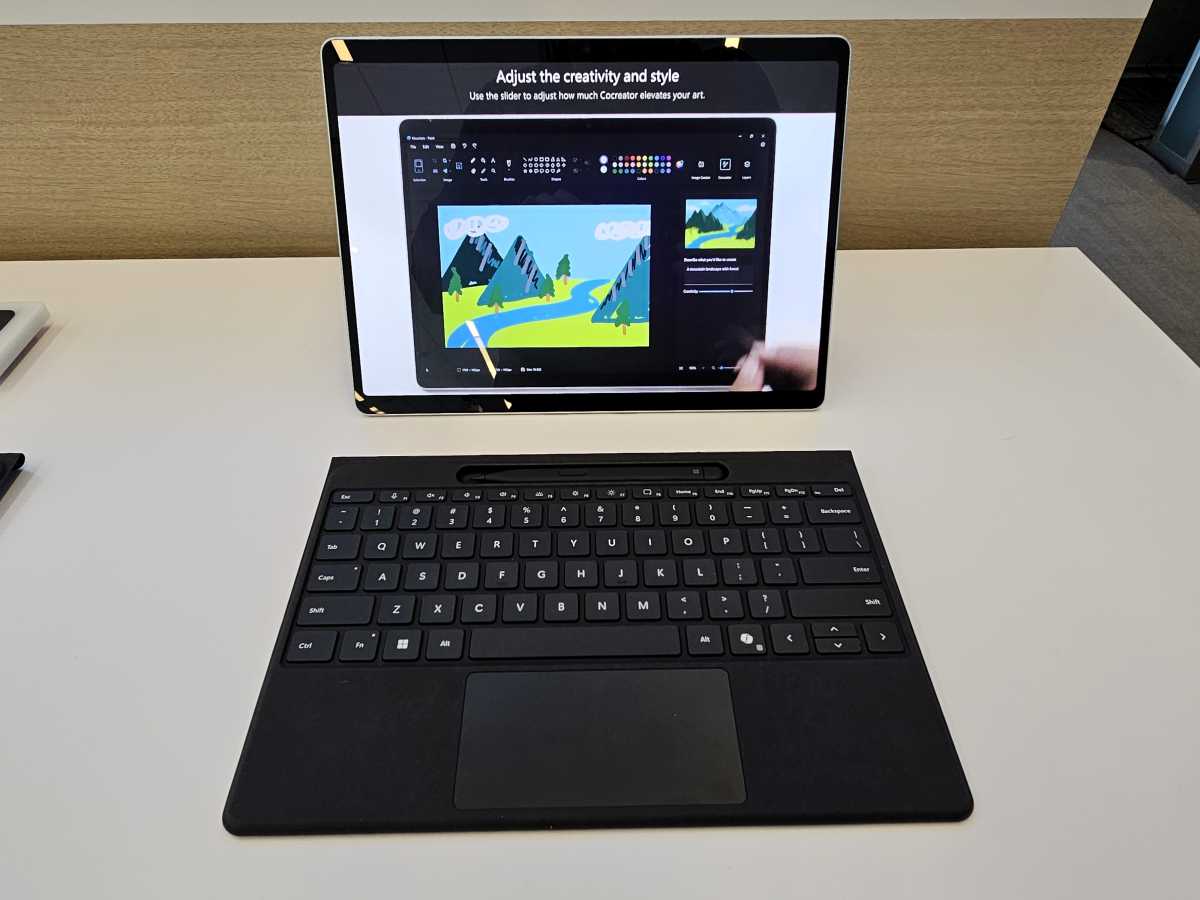
Zaloguj się, aby dodać komentarz
Inne posty w tej grupie
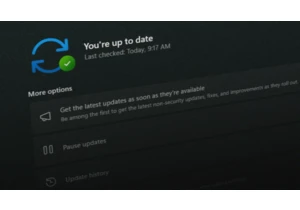
Microsoft recently released preview updates for Windows 11 and also a
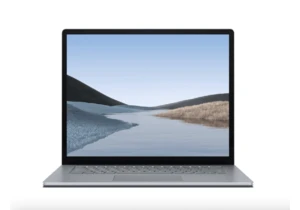
TL;DR: For a little while longer, you can score a De
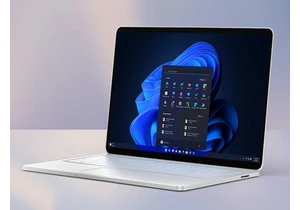
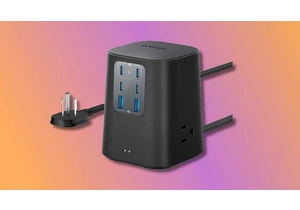
Ditch the multiple chargers and opt for an Anker charging station; it
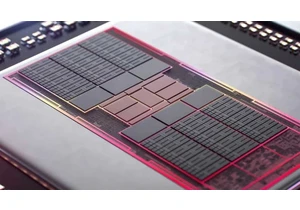
If you’re on the hunt for a new graphics card, you’re likely looking
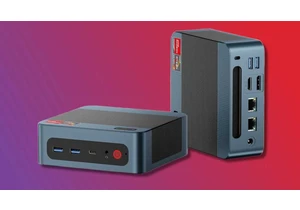
If you’re looking for ways to upgrade your home office, then you migh
